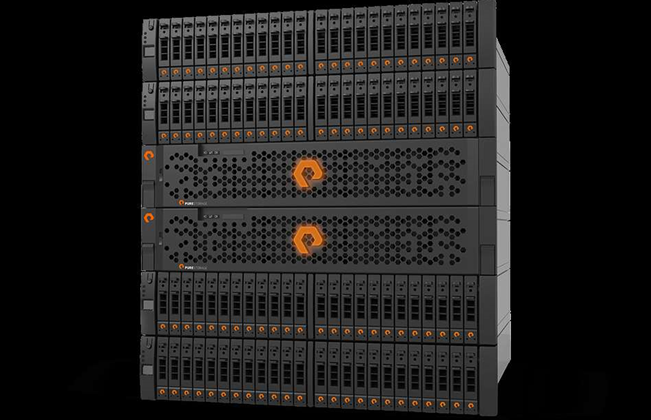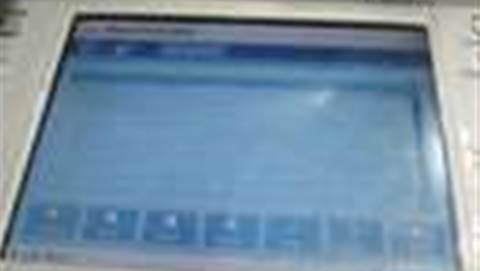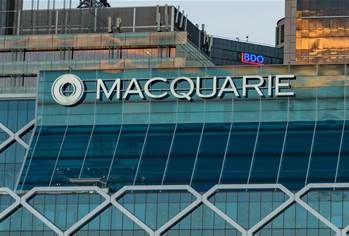ASX-listed hospitality equipment rental firm Silver Chef brought its first all-flash array online over the 2015-16 New Year period.

Silver Chef – using all-flash for tier one storage
The NetApp AFF8020 is mainly used to speed up the backend performance of a contract management system that is critical to the day-to-day operation of the business.
“The SQL database underpinning the contract management system isn’t all that big, but the way queries are structured between it and the frontend means there are a lot of very small reads,” Silver Chef’s infrastructure and operations team leader Ryan Cleary said.
“We wanted to move that onto a faster disk, something with a bit more I/O grunt, but without having to go down the path of buying a big new tier-one storage system.”
The flash array is also used to quickly add small attachments such as PDF addendums to existing contracts.
Speed is crucial because interactions with customers about their contracts typically occur over the phone.
“Our people will be editing contracts as they speak to a customer,” Cleary said. “That’s a time-sensitive process because we don’t want to waste customers’ time waiting to query the details of a contract or to save attachments.”
Silver Chef used a planned weekend-long outage window to shift the SQL database from spinning disk to flash.
“The company doesn’t trade 24x7 so we basically had a whole weekend to do it,” Cleary said.
“But there’ll be a lot of people out there with massive databases that won’t be able to get an outage window like that.”
Five months in and the flash array is performing as expected.
Silver Chef’s array is 12TB of raw space but the effective capacity is “closer to 30TB” thanks to its use of data dedupe, which translates into an approximately 3:1 reduction ratio.
Cleary said that he had seen as much as 6:1 reduction ratios on some LUNs, but he said databases were more likely to be around 2:1, and even that could be “generous”.
“We’re getting varying results with dedupe,” Cleary said. “By and large, though, it makes up for the extra cost per gigabyte for flash storage.”
However, it’s still unclear how far the value proposition for flash stacks up in lower storage tiers that currently rely on spinning disk.
“In brownfield environments, flash is great for a cheap tier-one alternative,” he said. “But if I was in a greenfields environment I can see a reason to go with flash outright.
“For example, we run a few internal web servers. I can’t see a great reason to put them on flash, but if we were starting from scratch I think we could make a case for just having an all-flash array for everything.”



.png&h=140&w=231&c=1&s=0)

.png&h=140&w=231&c=1&s=0)

.png&w=100&c=1&s=0)



 Private AI vs Public AI: How your organisation can securely adopt AI without compromise and excessive cost
Private AI vs Public AI: How your organisation can securely adopt AI without compromise and excessive cost
 iTnews Benchmark Security Awards 2025
iTnews Benchmark Security Awards 2025
 Digital Leadership Day Federal
Digital Leadership Day Federal
 Government Cyber Security Showcase Federal
Government Cyber Security Showcase Federal
 Government Innovation Showcase Federal
Government Innovation Showcase Federal











.jpg&h=140&w=231&c=1&s=0)



